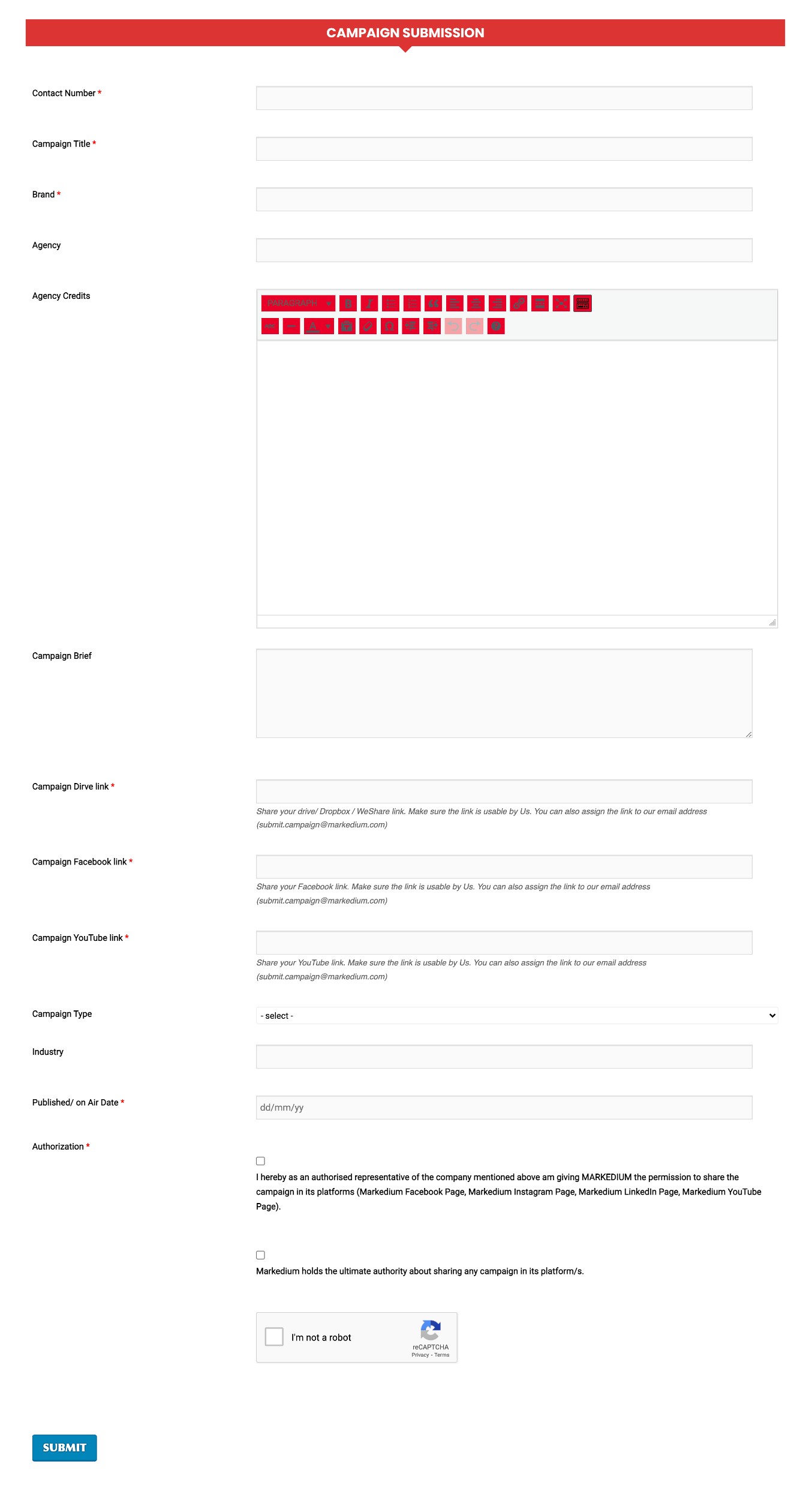
Exports Hit Lowest Point in Six Months2 min read
In a setback to Bangladesh’s economic resurgence, the nation’s exports experienced a downturn in April, marking the first decline in four months. The dip, largely attributed to slowing garment shipments and challenges in various sectors, underscores the hurdles the economy faces in its quest for recovery.
According to data released by the Export Promotion Bureau (EPB), Bangladesh’s export earnings in April amounted to $3.91 billion, reflecting a 0.99% decrease compared to the same period last year. This figure also represents the lowest export receipts recorded in the past six months. Despite this setback, cumulative exports from July to April of the current fiscal year witnessed a 3.93% year-on-year increase, reaching $47.47 billion.
The decline in exports, particularly concerning given its status as the country’s primary source of foreign exchange, comes at a critical juncture as Bangladesh grapples with ongoing challenges, including a dollar shortage and a widening deficit in the financial account, essential components of the balance of payments.
The garment sector, which contributes significantly to export earnings, experienced mixed fortunes. While overall garment exports grew by 4.97% to $40.49 billion in the first ten months of the fiscal year, challenges such as chronic gas shortages impacted production capacity. Major garment exporters like Shasha Denims Ltd reported accepting reduced orders due to inadequate gas supply, hindering their ability to meet shipment deadlines.
Global factors also contributed to the export decline, with reduced demand for apparel worldwide affecting Bangladesh’s shipments. Delays in goods release at ports further exacerbated the situation, adding to the lead time for exports. In addition to the garment sector, other key export segments such as leather and leather products, jute and jute goods, home textiles, and frozen and live fish also faced challenges. Leather exports, the second-largest contributor after garments, declined by 13.3% to $872 million, with footwear exports plunging by 26% to $430 million.
Footwear exporters highlighted difficulties in accessing duty-free raw materials and inadequate support from customs offices and banks. Similarly, jute goods exporters grappled with rising raw jute prices and falling yarn prices, impacting profitability.
The decline in exports poses significant economic challenges for Bangladesh, necessitating strategic measures to address sector-specific issues and enhance competitiveness in global markets. As the country navigates these obstacles, policymakers and industry stakeholders are tasked with devising solutions to support export-led growth and economic recovery initiatives.
For more updates, follow Markedium.


